What services do I offer?
I specialise in producing bespoke pieces that cater to the connoisseur war game enthusiast.
Have you ever had a desire to create a miniature from a piece of artwork?
Do you have an awesome idea for your general model, but can't get to grips with greenstuff?
I can sculpt one of a kind pieces that you have a direct influence over. I can also paint these miniatures to your exact specifications, using any NMM, SNMM, airbrush or weathering techniques you may have read about. I have a distinctive style of painting that combines an 'Eavy Metal education alongside a classical education in Art and design.
How to Start a Commission
1. Initial Contact
I like to break down any potential project as follows:
Design Brief
This is the consultation stage where I ask you lots of questions, share reference photos and tie down any important visual iconography that you wish to incorporate into the final product. The more varied the imagery we can summon, the better the outcome.
As a rough guide please answer these questions when e-mailing me for the first time.
- List the models you would like painted.
- Describe how you would like them painted (An ultramarine captain with freehand lion cloak for example).
- Inform me of your budget.
- Inform me whether or not you would like me to purchase the models on your behalf.
- Let me know if there are any deadlines.
My e-mail address is :
2. Deposit
-After you have e-mailed me the basic information I will reply with a quote and an estimated time frame for your project.
- Once a deposit of 50% of the final fee is made I will book your project in and put you on the waiting list. THIS DEPOSIT IS NON REFUNDABLE and it is our discretion whether or not this is waived.
- If I am buying models on your behalf then I will need the full amount for these materials plus any postage and packaging fee's that may be incurred before I buy them.
3. Order your models
- If you order models through me the price is based on that company's current web price. For example, If I were to buy a box of Space Marines on your behalf it would cost
this much before any shipping charges would be incurred.
- If you are sending me your miniatures then I will inform
you of my postal address.
* Please be aware that models lost in transit en route to me are not my responsibility so please use a recorded or tracked delivery service. *
4. Work commences!
Models bought on your behalf will be ordered two weeks before the start date of the project. When it is time to begin your project I will keep you updated with regular progress pictures via e-mail or
facebook updates. This helps me shape your vision of the model with regular criticism and input.
5. FINISHED PROJECT
When the project is finished I will send several photographs to check you are satisfied with the outcome. When you are happy with it I will post it to you by the agreed postage method.
6. Additional Costs
These are additional charges that may be incurred:
· - Service charge: includes assembly and reconstruction of badly damaged models.
· - Models or extra part.
· - Postage
· - 4.5% Paypal transaction fee
· - Import tax (only when you send your models to me and only if this tax is incurred).
·
"This website is completely unofficial and in no way endorsed by Games Workshop Limited.”
"This website is completely unofficial and in no way endorsed by Games Workshop Limited."







 10:50
10:50
 Unknown
Unknown



 10:40
10:40
 Unknown
Unknown
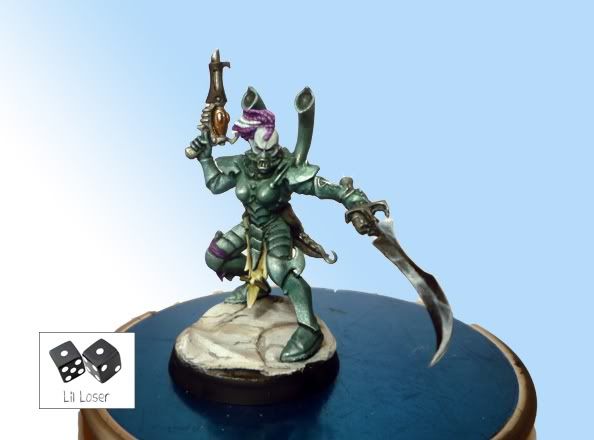
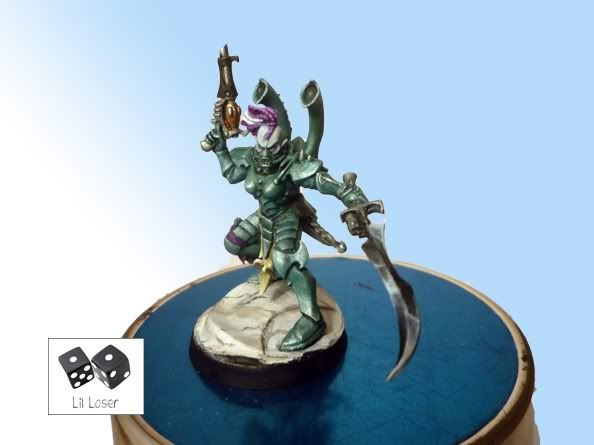
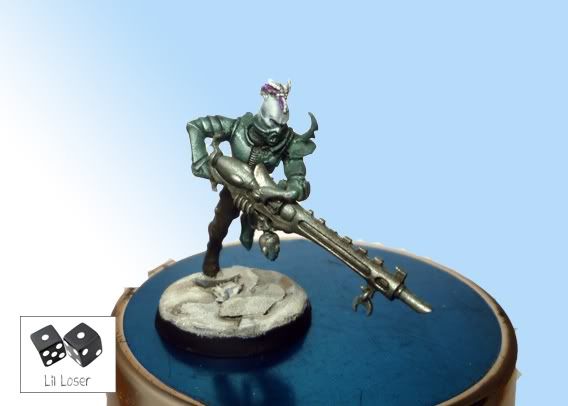
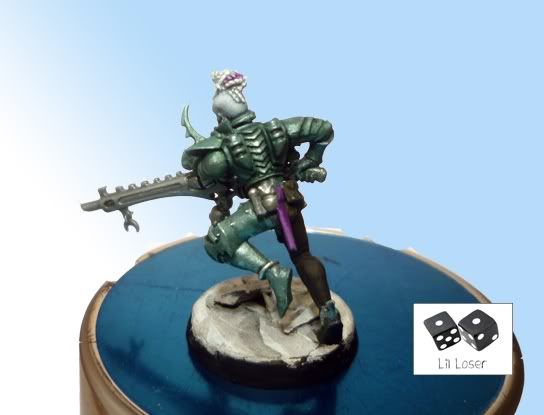
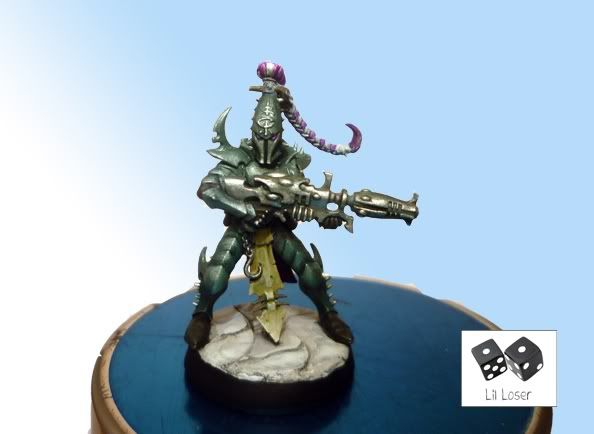
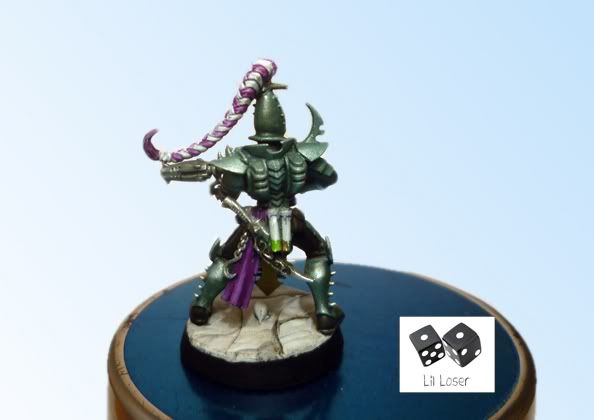


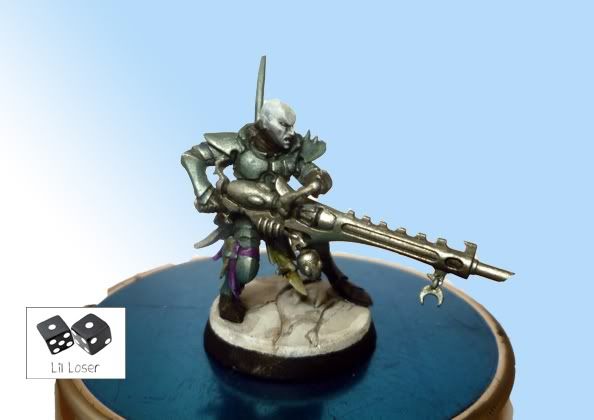
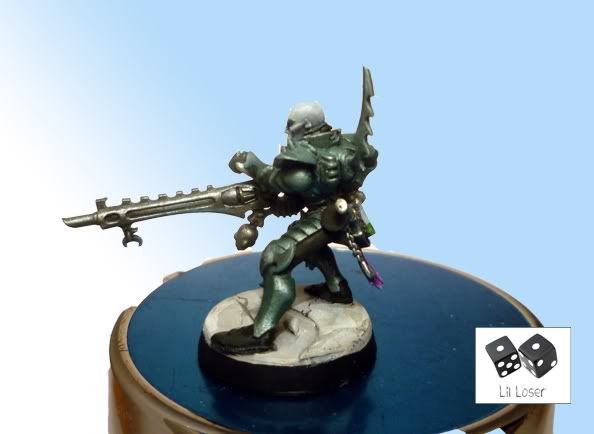

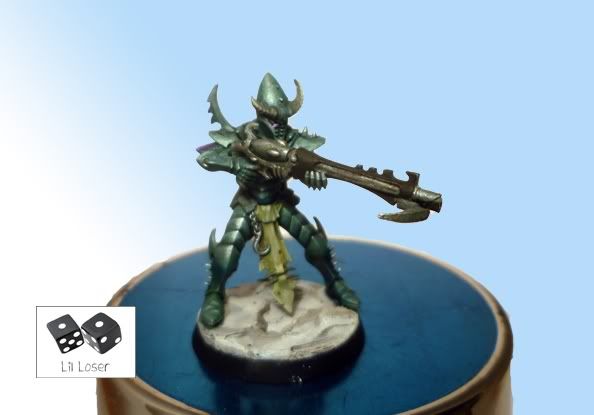
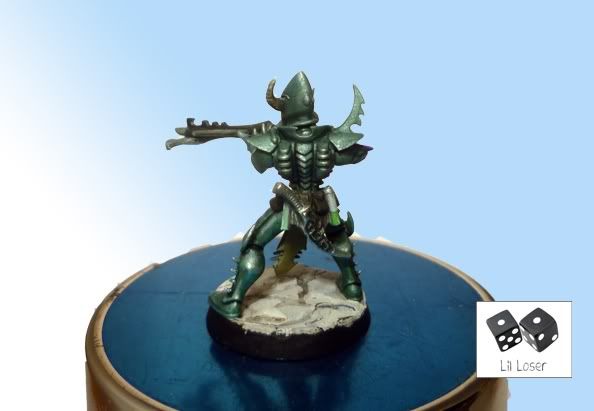
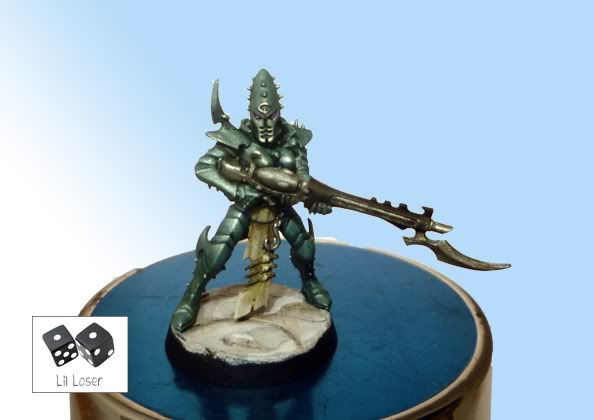


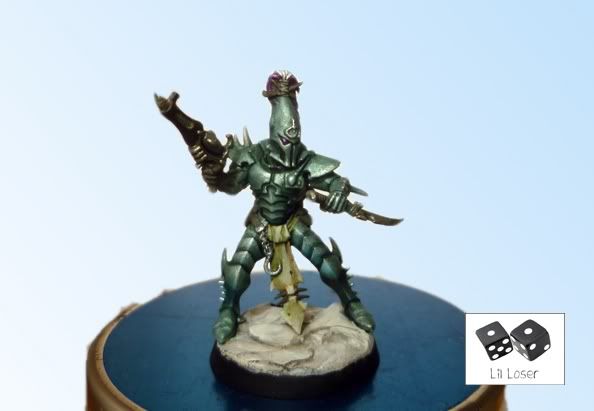
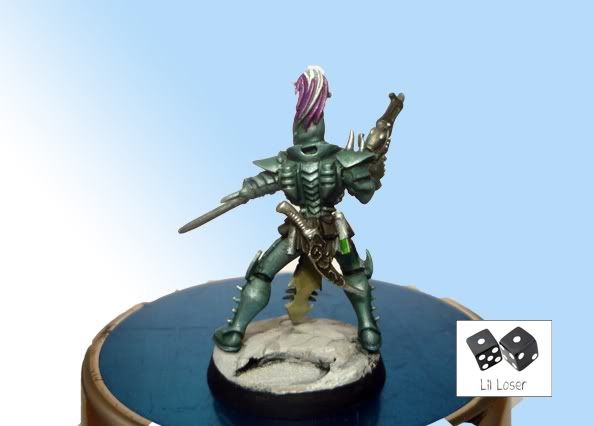

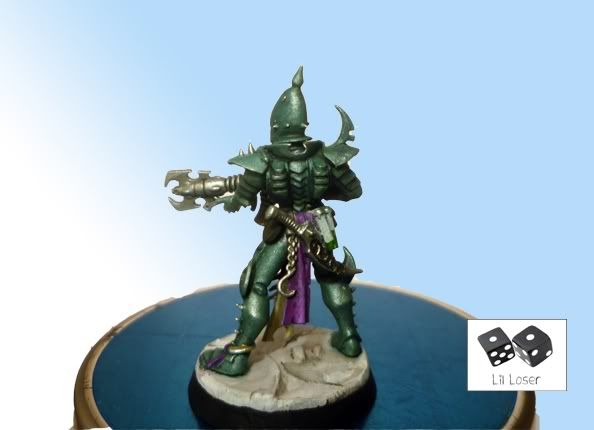
 04:17
04:17
 Unknown
Unknown
 09:40
09:40
 Unknown
Unknown
 13:07
13:07
 Unknown
Unknown

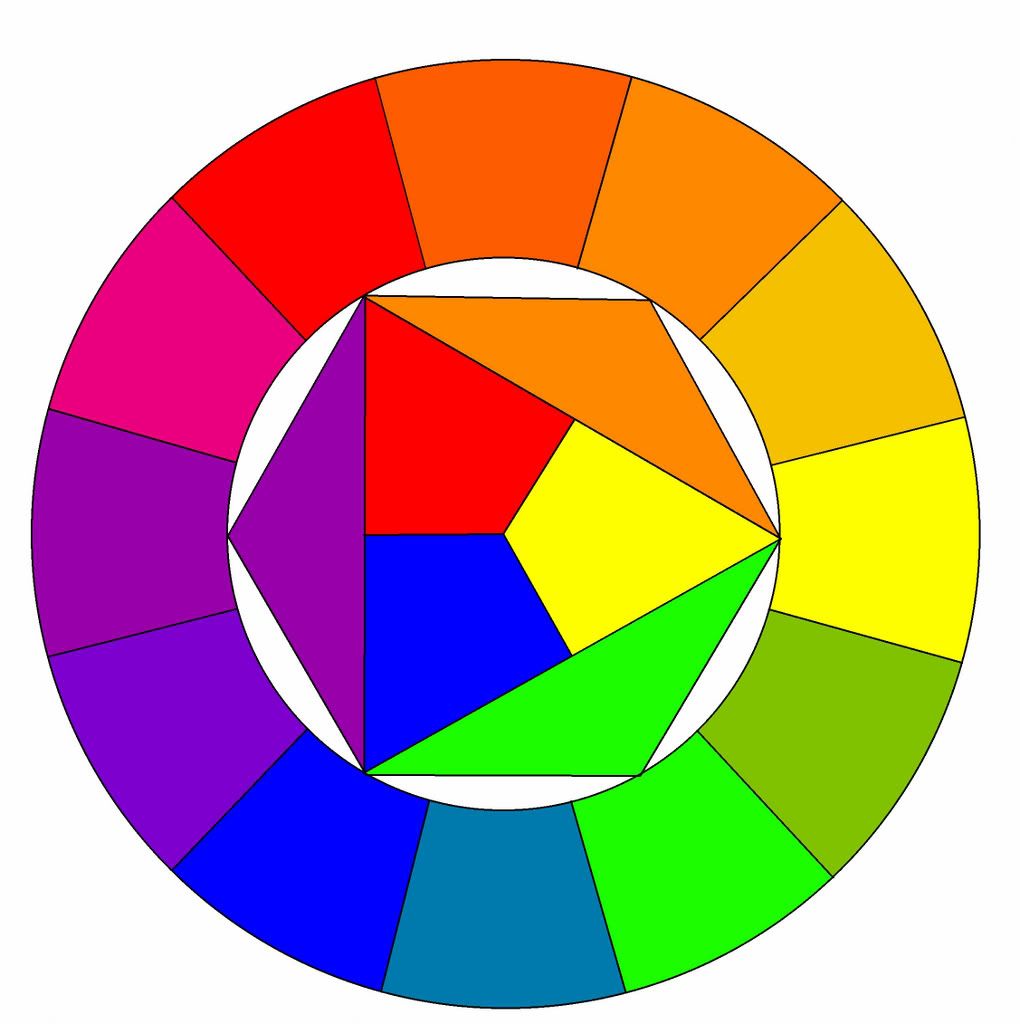

 RSS Feed
RSS Feed
 Twitter
Twitter
